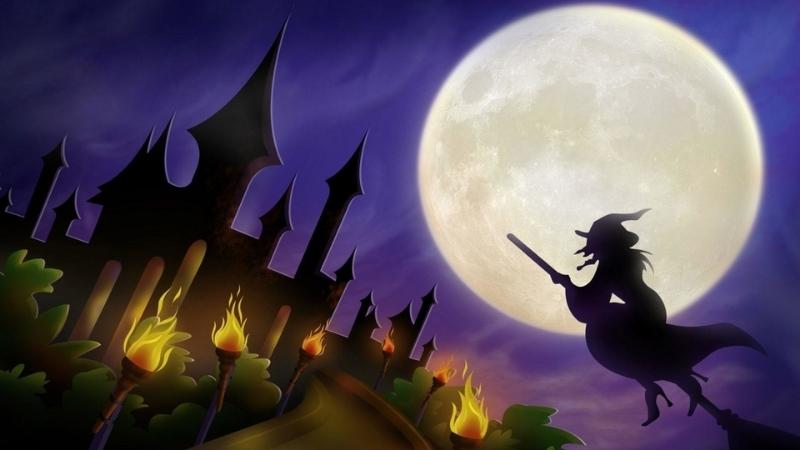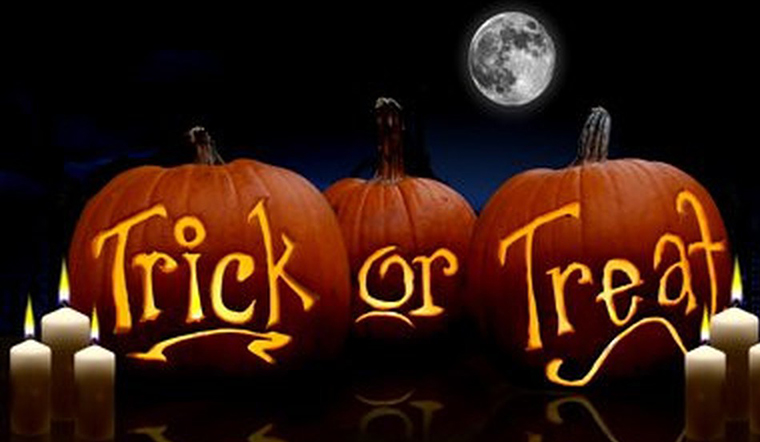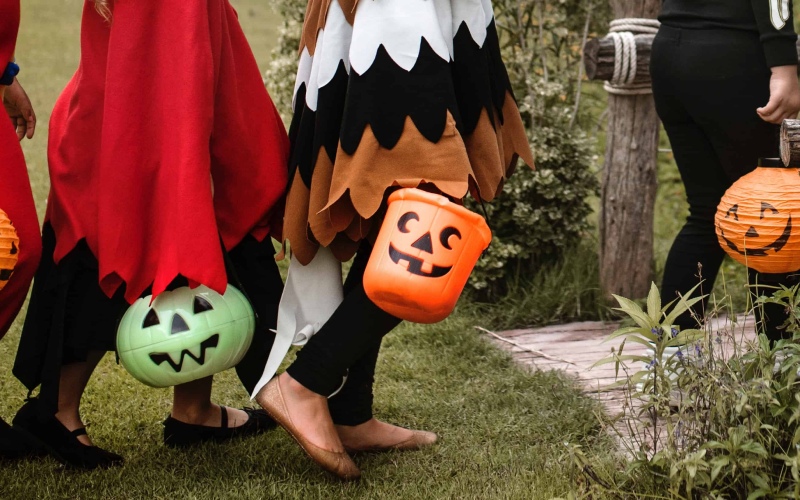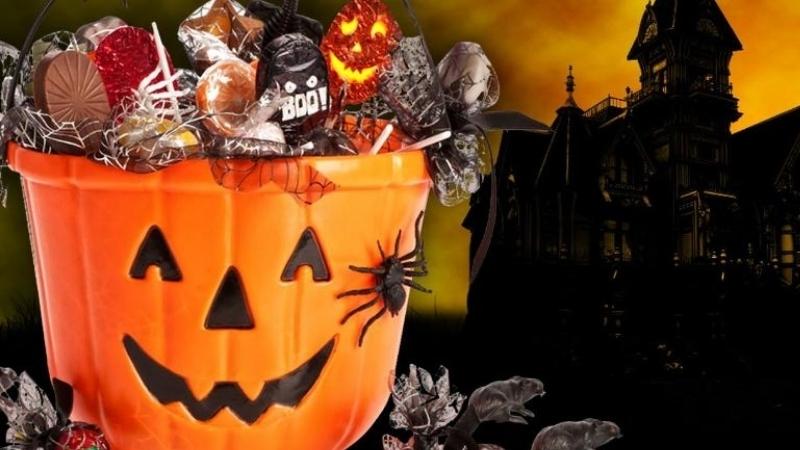Knock on your neighbor’s door, then wait for them to open it and shout “trick or treat,” which roughly translates to “give me candy or I’ll play a trick on you”. It’s a game that many children love during the festival. However, the truth is not everyone fully understands the meaning, as well as the origin of this interesting game. Let’s find out more in the following article.
1 Trick or Treat: What is it?
Why do we say “Trick or Treat” on Halloween?
According to the Dictionary, the origin of the phrase “Trick or Treat” dates back to the Middle Ages, but it wasn’t a tradition for children like it is today. In the past, the poor would go begging for food on October 31. In return, they would offer prayers for the souls of the departed on November 2 (All Souls’ Day). The modern-day Trick or Treat is a variation of this ancient custom.
 According to the Dictionary, the origin of the phrase “Trick or Treat” dates back to the Middle Ages
According to the Dictionary, the origin of the phrase “Trick or Treat” dates back to the Middle Ages
The origin of the Trick or Treat game
During Halloween, children go from house to house in groups, knocking on doors and saying “trick or treat”. If the homeowner doesn’t want children to play pranks and mischief, they have to treat them with candy, popcorn, or fruit.
Children dress up as superheroes, princesses, and spooky characters. Pumpkin lanterns and candy bags are also essential items when going trick-or-treating.
The tradition of “Trick or Treat” became popular in the United States in the late 1950s. Families would decorate their front doors with pumpkins and scarecrows. They would place candy in a bowl outside the door or hand it out directly to the children.
 The origin of the Trick or Treat game
The origin of the Trick or Treat game
The significance of Trick or Treat
Americans believe that children in Halloween costumes are portraying departed souls. Giving out candy on Halloween is a way to share food with these souls.
According to tradition, if children knock on a door and are not treated, they would play pranks and mischief on the homeowner. However, this tradition has evolved over time. Now, families who want to give out candy usually display a sign in advance, and families who don’t participate no longer have to worry about children causing trouble like before.
 The significance of Trick or Treat
The significance of Trick or Treat
Trick or Treat in different countries
- In North America, trick-or-treating has become a traditional Halloween custom.
- In Scotland and Ireland, guising – dressing up to go begging for treats.
- In Spain, guising is called calaverita (little skull) and instead of “trick or treat,” children ask for “me da mi calaverita” (“can you give me my little skull?”); calaverita is a small skull-shaped box made of sugar or chocolate.
 How to play Trick or Treat
How to play Trick or Treat
Above are some information related to the Trick or Treat game. We wish you a Halloween filled with joy and spent with family and loved ones. Stay tuned for more useful articles from us!
Unveiling the Meaning Behind New Year’s Harvest: Tips for Having Luck in 2021
Celebrating the start of the New Year, many customs and traditions come together in a joyous expression of good fortune. From harvesting the new year’s fortune to praying for fortune and luck, the humanistic meaning behind these practices remains as relevant as ever. But what is the origin and how can we properly partake in the harvest of the new year? Read on to learn more about this fascinating custom.






































